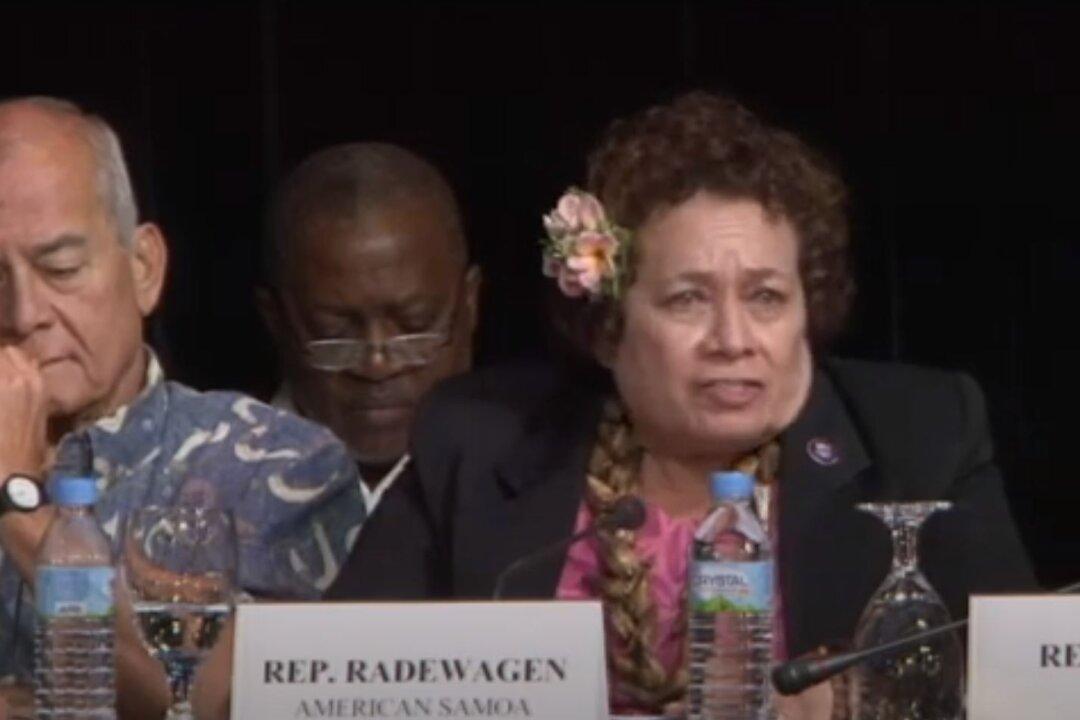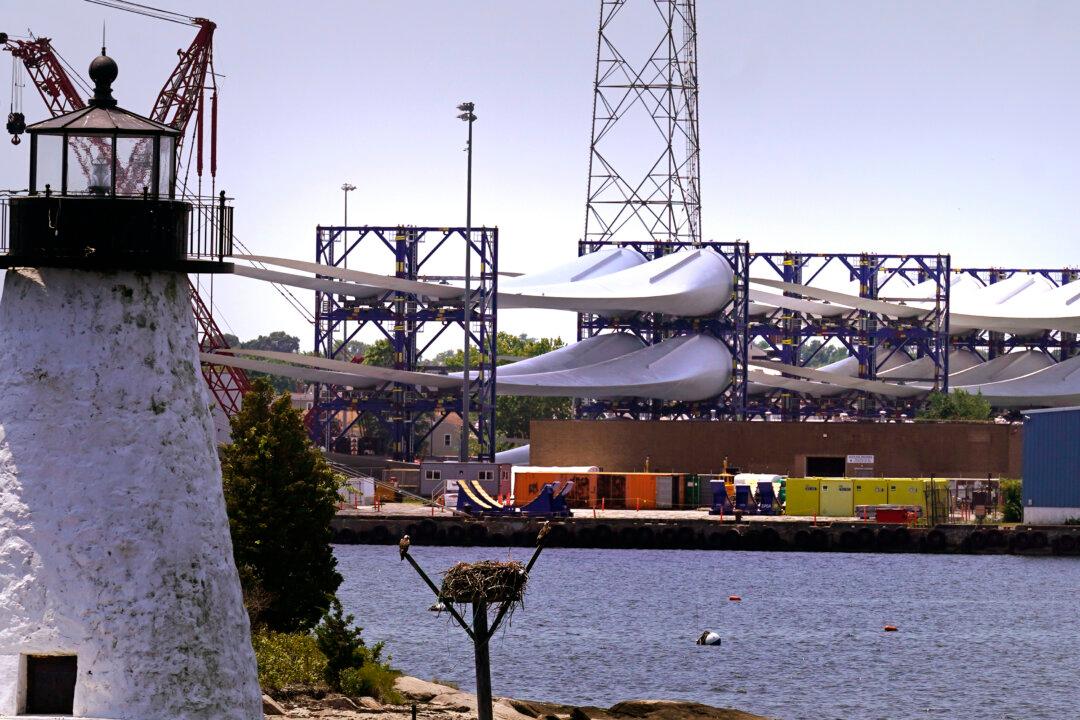Irene Sgambelluri was 10 years old on Dec. 8, 1941, when Japanese forces seized Guam while simultaneously striking Hawaii, the Philippines, Malaysia, and Sumatra to quickly conquer Southeast Asia and ignite a war that still scars scattered islands across the Pacific.
A native Chamorro, she recalls that day was the Feast of Santa Marian Kamalen, Guam’s patron saint, a festive occasion for the island’s large Catholic community.





